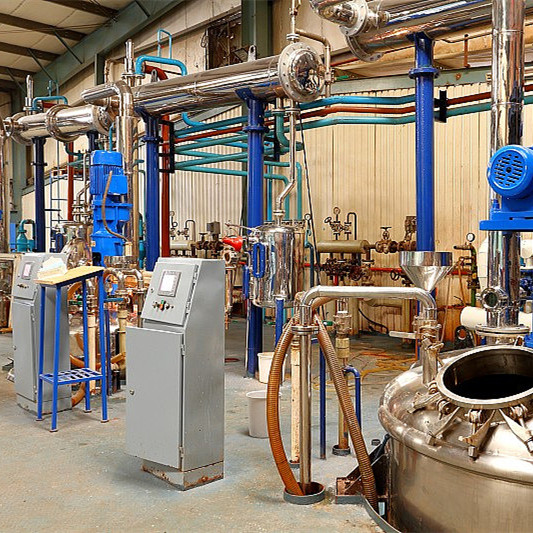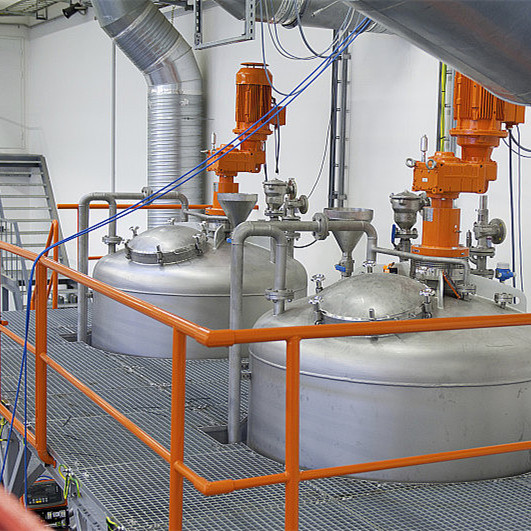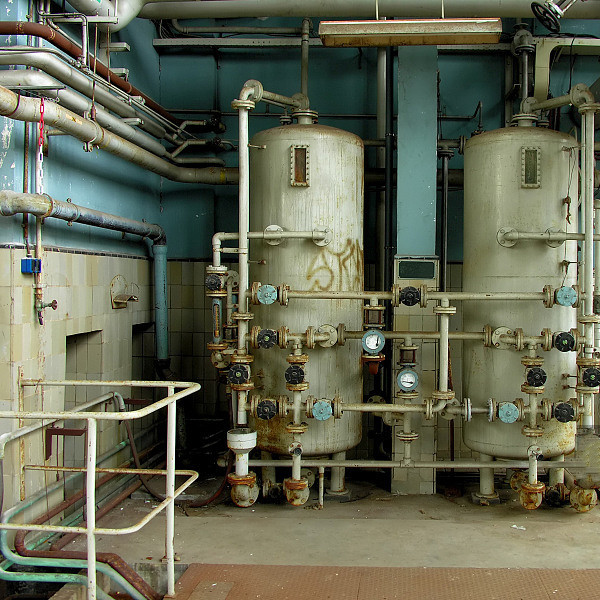The production process of sodium carboxymethyl cellulose CMC and polyanionic cellulose PAC is a less polluting and low-cost production process, and has leading advantages in production technology and product quality. Specifically manifested in the following aspects:
(1) Equipped with acid and alkali chemical section
Add 95% alcohol and solid chloroacetic acid while stirring to make a 57% solution; add the weighed refined cotton and measured liquid alkali into the alkalizing machine at the same time, and evenly penetrate into the cellulose. , perform alkalization for 60 minutes. During this process, the alkali is excessive and the pH is 12. After alkalization, add the measured 57% chloroacetic acid evenly into the alkalizing machine. Alkalizing time 60 minutes. The solvent method is superior to other methods.
(2) Etherification process
The alkalized material is fed into the etherification machine, and the temperature is raised in the etherification machine for about 90 minutes. The reaction is completed.
Then cool down to 40-45 degrees, put the material into the washing tank, and wash it. Use alcohol to minimize costs.
(3) First, pour the prepared alcohol into the washing tank, then feed it from the etherification machine to the washing tank, measure the pH value, then add hydrochloric acid to neutralize, pH=7, stir for a certain period of time (20 minutes), and then pass the screw through the The pump is driven into the centrifuge for solid-liquid separation. The solid cellulose continues to recover alcohol in the next process. The liquid part enters the waste wine tank and is driven into the distillation tower for alcohol purification. Alcohol is recycled to minimize costs.
(4) Raking and drying section
The cellulose solid material coming out of the centrifuge has a moisture content of 45%. It enters the air lifter and is evacuated and heated to recover the alcohol. The cellulose solid material enters the drying and crushing process, and finally the product is obtained; crushing The process waste gas is collected by a pulse dust collector. The waste gas is discharged through a 15-meter exhaust pipe. The dust collector collects the dust and mixes it into products for external sale. Dust collectors can recycle products.


